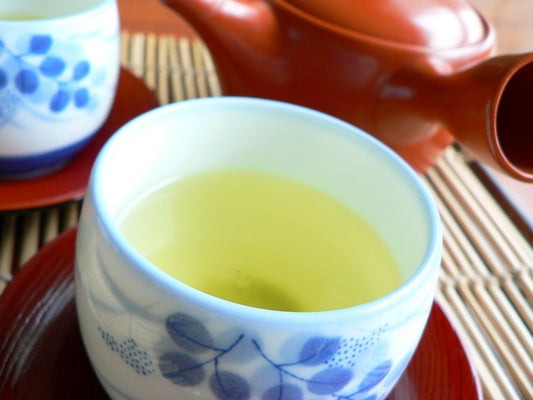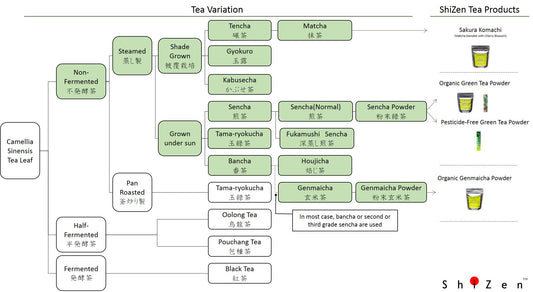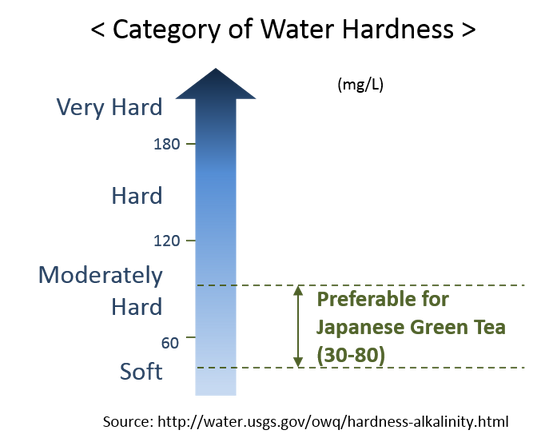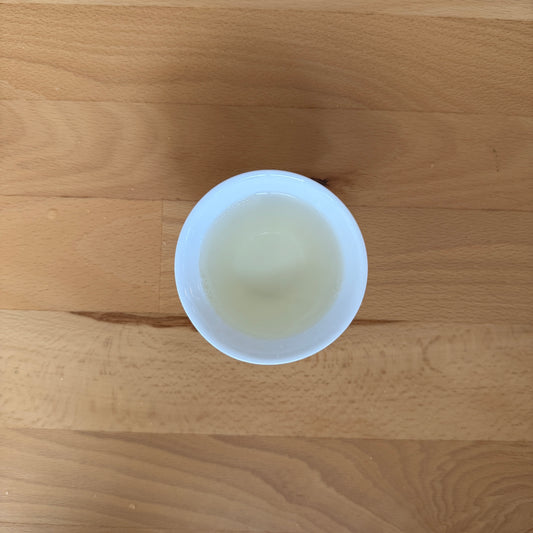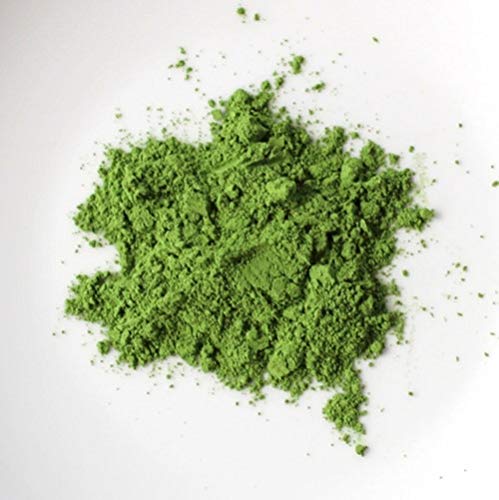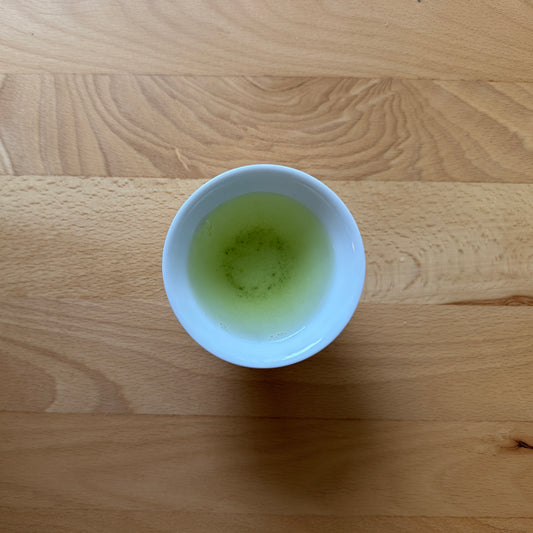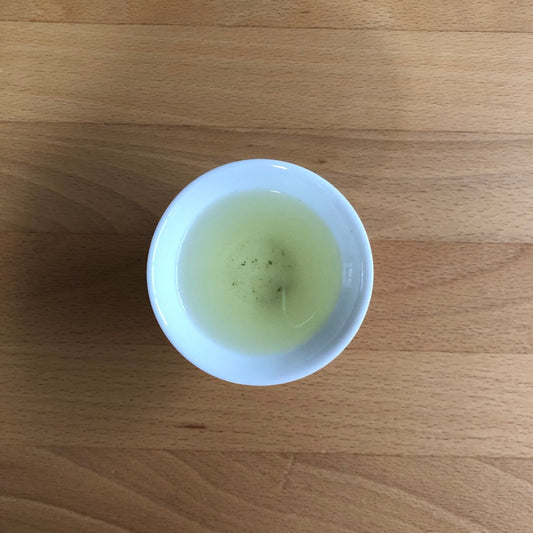There are many many teas in the world. Teas such as Black tea, Chinese tea, and Japanese green tea comes from the same tea leaf, the Camellia Sinensis. Depending on how you process and cultivate it, the tea will change to Black, Green, or Oolong tea.
1. Fermented or Not?
First major process that makes the crucial difference is if you ferment the tea leaf or not. If you do, it will become a Black Tea and if it’s half-fermented it will become Chinese Oolong/Pouchang Tea. If you do not ferment but steam it, it will become the Japanese green tea.

2. Shade Grown or Not?
As for the steamed tea leaf(Japanese green tea), if the teas are grown under the shade it will become Gyokuro, Kabusecha or Tencha, which is the loose leaf version of Matcha. These shade grown green teas are under the shade from 7-30 days before the harvest. Depending on the variety and the region, the period grown under the shade will vary.If it is grown under the sun, it will become the most commonly known green tea, the Sencha, Tama-ryokucha, and Bancha. In most case Bancha is used to make Houjicha and Genmaicha. Houjicha is a tea that has roasted the Bancha loose leaf, and the Genmaicha is a tea that is mixed with roasted brown rice and Sencha/Bancha.
3. So where does the ShiZen Tea fit in?
Our product fits under the following category:
– Matcha → Sakura Komachi
- Sencha Powder → Organic Green Tea Powder, Pesticide-Free Green Tea Powder
- Genmaicha Powder → Organic Genmaicha Powder
So you can see that Sakura Komachi is a tea that are grown under the shade, and Organic Green Tea Powder and Organic Genmaicha Powder are teas that are grown under the sun.
It is very interesting how the same type of tea leaf can change the teas so much depending on how it’s processed and cultivated. Hope you had a chance to learn something new:)
Thank you and enjoy your teas!


